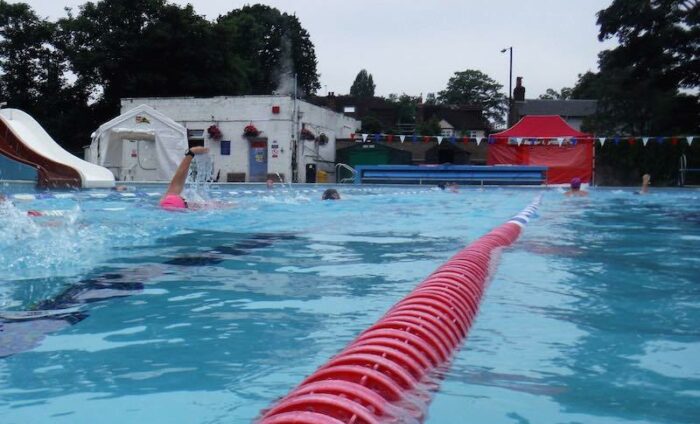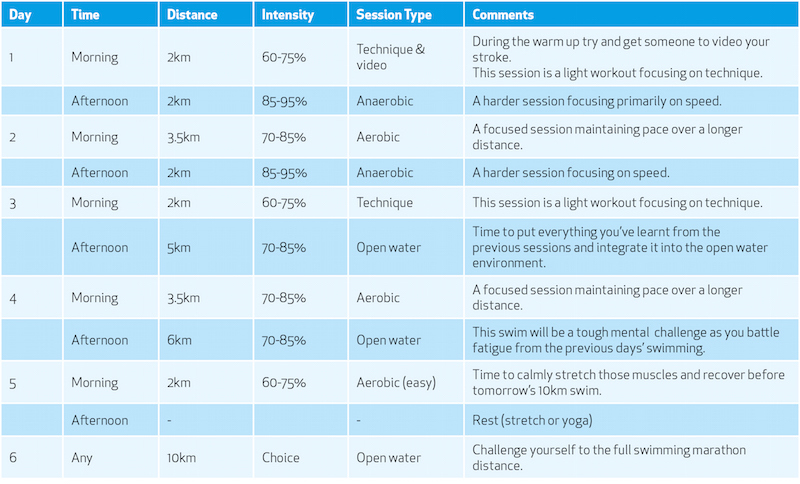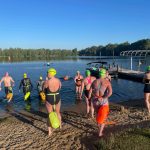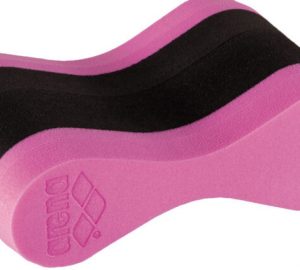
DIY 10k training camp
Can’t get away for that intensive overseas training camp? Don’t worry, Simon Murie of SwimTrek shows how you can create your own at home
Why do people like to do intensive training camps during their hard-earned holidays? We’ve been running overseas swimming training camps for 12 years now and we see people coming for a whole range of reasons including:
- the opportunity to spend time in a focused and educational environment dedicated to improving their swimming;
- the time and space to gradually build distance over the week culminating in a goal swim such as a 10km marathon or English Channel qualifier;
- dedicated input from experienced coaches and learning from other swimmers, and access to coaching resources such as video analysis;
- the ability in spring to swim in similar water temperatures to what you find in the UK in the summer and to visit a new and interesting location; and
- the motivation due to camaraderie and group dynamics.
However, the question I’ve been asked to answer is, could you recreate the benefits of an intensive training camp while staying at home? What if you can’t get away due to work constraints, family commitments or budget restraints?
Clearly the ‘staycation’ version can’t replicate the setting and water conditions of travelling to a new location, but if you can create some space in your life for a focused swimming week, there’s no reason why you can’t derive the same training and fitness benefits – and that’s what I want to look at here.
The training plan I’ve drawn up is loosely based on what you might do during an intensive swim camp leading up to a 10k marathon swim. Working on the assumption that twice daily access to open water might not be practical (or desirable if temperatures are still cold) most of these sessions can be done in a pool. Treat the sessions as guidelines and modify as needed based on your experience, fitness and access to water. Make sure you’re in good shape and injury free before you start – you should be able to swim 6km in a single session just prior to starting your training week.
Finally, before you dive in, here are another couple of suggestions to help recreate some of the facets of a training camp.
Try and swim with friends during your training week. It doesn’t have to be the same person every session, but swimming with others helps keep things fresh.
Get a friend or swimming coach to video your stroke – both above and below the water. It could be a revelation!
Why not have a change of scene for your swim locations? Obviously, an open water venue is a great option, but if that’s not available, why not vary your pool locations through the week?
Tell family and friends about your week – so you get support and motivation which can be very helpful when the going gets tough.
Remember, you will be swimming much more than usual. Rest, recovery and looking after yourself are therefore essential. Why not book yourself in for a massage or two, ensure you have plenty of nutritious food (consider pre-cooking and freezing), keep hydrated, sleep more than usual and take naps between sessions. Stretch after each swim and consider using body lotion to care for your skin.
Try to pick a week that minimises external stresses. Book time off work and put other projects on hold.
TRAINING WEEK PLAN AND TIMETABLE
Nearly all open water swimming events rely primarily on aerobic capacity and endurance, so these areas should be emphasised in your training. However, there may be occasions during your target swim where intense bursts of speed may be required. So, training on all energy systems (aerobic and anaerobic) is advisable.

TRAINING SESSION SUGGESTIONS
Technique session summary (2km)
Warm up: 500m easy swim, focus on technique
Drill Set: 4 sets of 10 × 25m, focusing on one technique point per set.
Set 1. Head Position: Swim front crawl with your head flat in the water and your eyes looking straight down. Feel the difference in how high your legs are in the water based on your head position. Higher legs nearer the water surface cause less drag.
Set 2. Leg Position: Kick using a kick board or your arms directly out in front of you, focus on driving the movement from the hips, flexible ankles and heels just breaking the water surface.
Set 3. Rolling: With each length, just breathe to one side. On the return length breathe to your other side. When you breathe, minimise your neck rotation and just rely on rolling your body to lift your mouth above the water surface.
Set 4. Catch and high elbow: Allow your hand to enter the water fingers first with a locked wrist. During the catch phase ensure that the palm of your hand is constantly pointing to the back of the pool and your elbow is pointing to the side of the pool wall. Focus on one side at a time.
Swim down: 500m easy swim
Anaerobic session summary (2km)
Warm up: 300m easy swim
Main Set: All front crawl: 8x100m, 8×50m, 8×25m. Take 15s rest after each and swim at your maximum sustainable pace.
Swim down: 300m
Aerobic session summary (3.5km)
Warm up: 250m
Main Set: All front crawl: 1×1000m, 2×500m, 4×250m, all swum at a comfortable sustainable pace.
Swim down: 250m
Open water session summary
Ideally your one-week training plan would include at least two and ideally three open water sessions. If this isn’t possible try and complete the open water session in the longest pool you can get to. When undertaking the open water sessions, try and maintain a consistent race pace. Practise sighting and, if possible, swim with others to experience drafting and pack swimming.
Post-week recovery
To get the full benefits of your intensive week you need to allow a few days to recover. We’d recommend one day of complete rest followed by several days where you just do one short, easy session. After that you should return to regular training in the lead-up to your event and maintain a mixture of aerobic and anaerobic workouts.
Simon Murie is the founder of SwimTrek, the world’s original open water swimming holiday company. He has spent the best part of the past two decades in search of the most fascinating swimming locations on the planet. SwimTrek is now more than 14 years old and continues to add new and sometimes unexpected locations.








